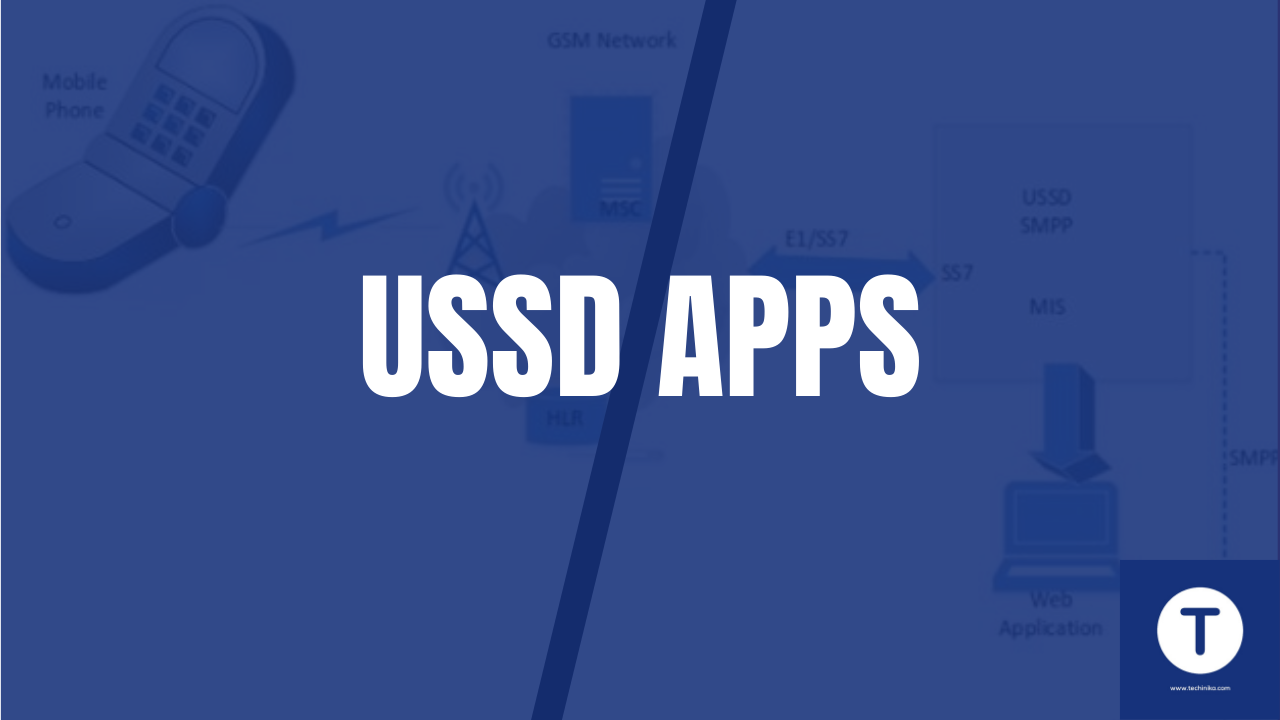In today’s world, smartphones are incredibly popular for browsing the internet, chatting with friends, sharing information, and more. Yet, let’s not forget about regular cell phones, which still have their user base. These basic phones lack the advanced features of smartphones but have a unique function called USSD (Unstructured Supplementary Service Data) method to serve their users.
USSD, or Unstructured Supplementary Service Data, is a simple yet important way to interact with mobile devices. You’ve probably used it when you dialed *numbers# to access certain functions. This method isn’t just for basic cell phones – it also works on modern smartphones. In this post, we’ll explore how USSD functions and its applications across different types of phones, highlighting how it keeps both traditional cell phones and modern smartphones connected and operational.
How does USSD work?
We’re all familiar with the process of using certain applications – you open your phone’s dial pad, input numbers that begin with an asterisk (*) and end with a (#). These numerical sequences are known as USSD Codes. Once you’ve entered these codes, you follow the provided instructions, often involving pressing specific numbers to access desired services. Examples of these applications include transferring money, banking functions, and purchasing tickets.
However, while we’re acquainted with how to use these services, have you ever wondered how they actually reach us, where they travel to? These services are made possible through GSM technology. This technology, provided by telecommunication companies, enables calling, messaging, and internet usage. The delivery of these services relies on cell towers and the SIM card present in our phones.
In Rwanda, RURA agency provides USSD Codes to applicants who fulfill the requirements. Once obtained, the applicant collaborates with telecommunications companies to ensure service delivery to customers. This partnership is essential as telecom companies have a network of individuals using SIM cards and GSM technology – the framework on which USSD operates. Consequently, variations in service availability may occur between companies such as MTN and Airtel, depending on the service provider’s affiliation.
How are USSD applications made?
Much like other applications, these services come to life through the expertise of software code writers, commonly known as programmers. These skilled individuals employ a variety of programming languages such as PHP, JavaScript, Java, Python, and others to craft the necessary code. Gaining proficiency in these languages is essential for effective code creation. Our JavaScript course, for example, offers comprehensive learning to master the art of coding with JavaScript.
Once the code is written, the next step involves hosting. Hosting refers to the process of taking the crafted code and placing it on the Internet, thereby enabling users to access and utilize it. Subsequently, this hosted code is linked to the telecommunications company’s infrastructure, allowing them to deliver services to their customers. While telecommunication companies might offer hosting solutions, programmers can also explore alternative hosting options like Heroku, AWS, Firebase, and more, ensuring seamless service availability.

On your mobile phone, the process begins when you input the code. This code then travels to the GSM Network, which houses the communication center. Once connected to the hosting location, the request for the intended service is initiated. The hosting server manages the necessary actions and provides the response. Subsequently, the response is directed back to the GSM Network, which, in turn, sends it back to your phone. This is how the information you requested reaches you, it doesn’t take a long time, you might not notice.
In this section, we’ve provided an overview of how USSD operates and how it is made. In one of our episodes on Digital Discourse series, which runs every Friday, delves into the intricacies of USSD functioning and code composition. Unfortunately, we encountered a glitch with the video we had recorded. However, subscribing to our YouTube channel ensures uninterrupted access to future USSD-related videos. Furthermore, we extend an invitation to join our weekly discussion held on the 5th day, at 10:00 pm. During these discussions, we explore diverse technologies, delve into the latest news, and uncover potential opportunities.
Thank you for reading, if you liked this post, it is possible that you will love other posts from us, join our community on WhatsApp if you want to learn more about what we do, visit our corporate website or use our email [email protected] to reach out to us.
Cheers!



